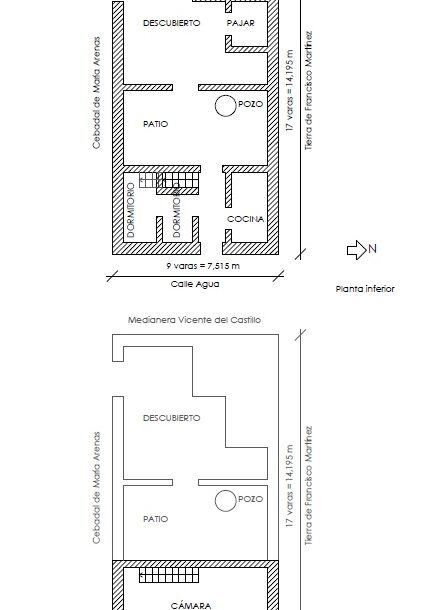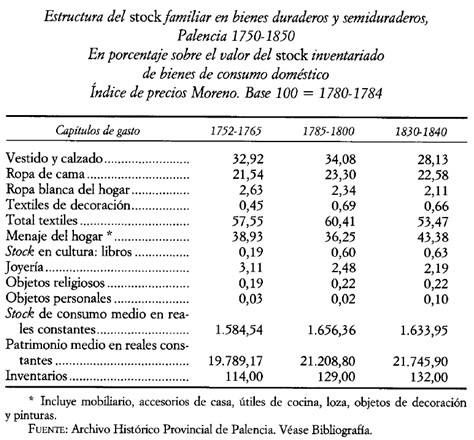
Pamplona was a key place on the Spanish-French border from the beginning of the 16th century, being fortified on several occasions as artillery was introduced as a military warfare technique. The bastions were key to this task, simulating the great works of the citadel of Antwerp in 1567 and making Pamplona the first pentagonal citadel on the Peninsula.
During the 17th century, the difficulties in financing undertakings such as these meant that little work was done on the cities in the north of the peninsula. With the outbreak of the Seven Years’ War, the pressing need to fortify large fortifications in this area led Juan Martín Zermeño to be commissioned to draw up a series of projects in strategic locations such as Pamplona. The importance of this enclave led to a revision and modernisation of the previous works of Rez and especially Verboom in 1726, maintaining part of their objectives and working on the basis that the works were already well advanced. Zermeño’s modernisation came from proposals such as raising the bastions and varying the structure of the fort proposed by Verboom to give the defence a staggered form.
Collection: Images
Project: 3. Rural world and urban world in the formation of the European identity., 6. Under a cloak of terror: violence and armed conflict in Europe.
Chronology: XVIII
Scope: Secondary Education, Baccalaureate, University, Postgraduate
Link: http://www.tiemposmodernos.org/tm3/index.php/tm/article/view/426
Resource type: Image
Format: Map
Source: Echarri, V. (2015). "El proyecto de Juan Martín Zermeño para las fortificaciones de Pamplona en 1756: una revisión del Proyecto General de Verboom", en Tiempos modernos, nº 30, p. 20.
Language: Spanish
Date: 1756
Owner: Roberto José Alcalde López (Modernalia)
Copyright: ©Tiempos Modernos ©Víctor Echarri Iribarren
Abstract: Fortifications proposed by Zermeño for Pamplona in 1756
Tags






